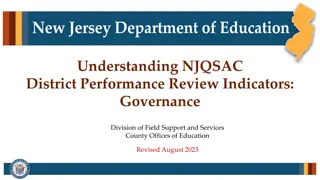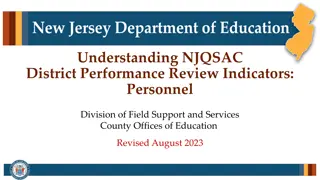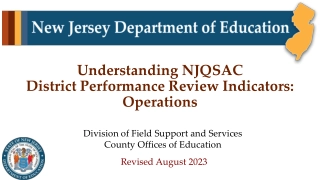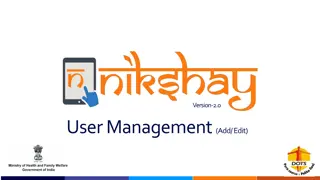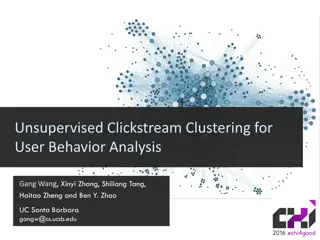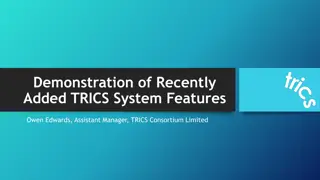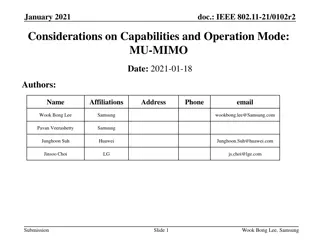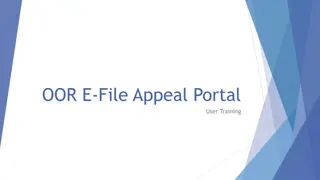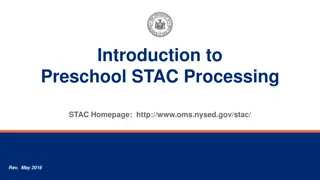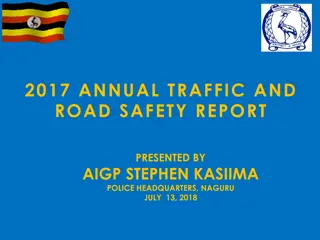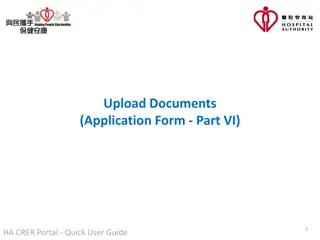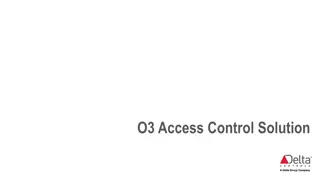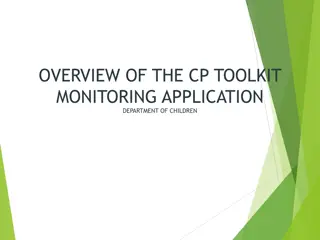NJQSAC User Manual Overview and Process
The New Jersey Quality Single Accountability Continuum (NJQSAC) User Manual provides detailed information on the evaluation process initiated by county offices of education for school districts. It outlines the background, purpose, and goals of the NJQSAC, focusing on improving consistency, increasing transparency, and providing clarity in monitoring school district effectiveness. The manual includes sections on the District Performance Review (DPR), quality performance indicators, evaluation criteria for key components, and the verification process conducted by County Offices. It also emphasizes the importance of self-evaluation, scoring, and development of improvement plans for districts scoring below 80%. Overall, the manual aims to enhance accountability and support educational excellence in New Jersey.
Download Presentation

Please find below an Image/Link to download the presentation.
The content on the website is provided AS IS for your information and personal use only. It may not be sold, licensed, or shared on other websites without obtaining consent from the author. Download presentation by click this link. If you encounter any issues during the download, it is possible that the publisher has removed the file from their server.
E N D
Presentation Transcript
Overview for the New Jersey Quality Single Accountability Continuum (NJQSAC) User Manual Division of Field Support and Services County Offices of Education August 2022
NJQSAC: Background In evaluating the performance of school districts, the NJDOE is guided by the District Performance Review (DPR), which consists of quality performance indicators (indicators) in each of the five key components of school district effectiveness, listed below: Instruction & Program Fiscal Management Governance Operations Personnel The indicators are the specific, objective criteria by which each school district s performance, capacity and need for State support, assistance or intervention are measured. 2
NJQSAC Process The NJQSAC evaluation process is initiated by the county office of education providing training and orientation for districts being monitored that school year. Each school district submits a self-evaluation using the DPR. In the self-evaluation, the school districts score themselves on each indicator in the five areas in the DPR (Instruction & Program; Fiscal Management; Governance; Operations; Personnel). The County Offices, led by the Executive County Superintendents (ECS), conduct a verification process by reviewing the documentation that the school districts provided in support of their scores for each indicator. The verification process is remote, unless stated. If there are questions, clarifications or additional information is needed, a site visit may be scheduled at the discretion of the ECS. After the verification process the county office will issue a score for all DPR areas. If the district score is below 80% in an area they must develop a district improvement plan. 3
NJQSAC User Manual: Goal and Purpose Three goals of the NJQSAC User Manual Improve Consistency: o The User Manual improves the consistency of the NJDOE s monitoring throughout the State. Increase Transparency: o The User Manual provides transparency of the NJDOE s accountability measures. Provide Clarity: o The User Manual clarifies the content of the DPR and what is expected of school districts. 4
NJQSAC User Manual: General Content The manual contains the following sections: Introduction: The introduction outlines the background and purpose of NJQSAC and the Manual. A Section for Each Area of the DPR: There is a section for each area of the DPR (Instruction & Program; Fiscal Management; Governance; Operations; Personnel). Glossary of Terms: There is a glossary of terms used throughout the Manual, which includes citations regarding where the definitions can be found. 5
NJQSAC User Manual: Content of DPR Sections Each indicator is broken down into the following subsections: The Indicator: The full text of each indicator is listed, along with the total number of points available for the indicator. Purpose: Following each indicator, the purpose of the indicator is explained. Documentation for Verification: This subsection is a bulleted list of the documentation used to demonstrate the school district s compliance with the indicator. Department Review Process: This subsection provides step-by-step directions regarding how the county offices will review the documentation submitted by the school districts. Verification of Indicator Compliance: This subsection summarizes the criteria used by the County Offices in awarding points for the indicators. 6
Uploading Documentation A revised NJQSAC Homeroom Application was developed for school districts to upload the DPR documents and all documentation used for verification of compliance. 7
NJQSAC Scoring Instruction and Program The first seven indicators will be scored by the Department. Varying point value by grade configuration Remaining 9 indicators have one point value per indicator Fiscal, Governance, and Operations No varying point values; each indicator has one point value Personnel Indicators 1a through 1c point value vary depending on meeting the indicator requirements 8
Instruction and Program Grade Configuration Scoring The school district is comprised of any composition of: K 8 K 12 9 12 1. The school district s ELA achievement score. The score is comprised of the following: Overall performance: The proficiency rate of all students in a school district; Subgroup performance: The proficiency rate of all student subgroups; 2. The school district s mathematics achievement score. The score is comprised of the following: Overall performance: The proficiency rate of all students in a school district; Subgroup performance: The proficiency rate of all student subgroups. 3. The school district s science achievement score: The score is comprised of the following: Overall performance: The proficiency rate of all students in a school district; Subgroup performance: The proficiency rate of all student subgroups. 4. The school district s ELA academic progress. Academic progress is calculated to include subgroup performance by averaging the mSGP of all students with the average of all subgroups mSGPs. 5. The school district s mathematics academic progress. Academic progress is calculated to include subgroup performance by averaging the mSGP of all students with the average of all subgroups mSGPs. 6. The school district s graduation rate (average of four-year and five-year adjusted cohort graduation rates). Graduation rate is calculated to include subgroup performance by averaging the combined graduation rate (i.e. the average of the four-year and five-year graduation rates) of all students with the average of all subgroups combined graduation rates. 7. The school district s measures for school quality and student success are calculated to account for subgroup performance by averaging the rates for all students with the average of all subgroups rates. 10 7.5 15 10 7.5 15 10 5 0 10 7.5 0 10 7.5 0 0 15 20 10 10 10 9
Next Steps Review Indicators and Manual Bring your District NJQSAC Team together to start planning Contact your county office with questions or contact qsac@doe.nj.gov NJQSAC monitoring 10


